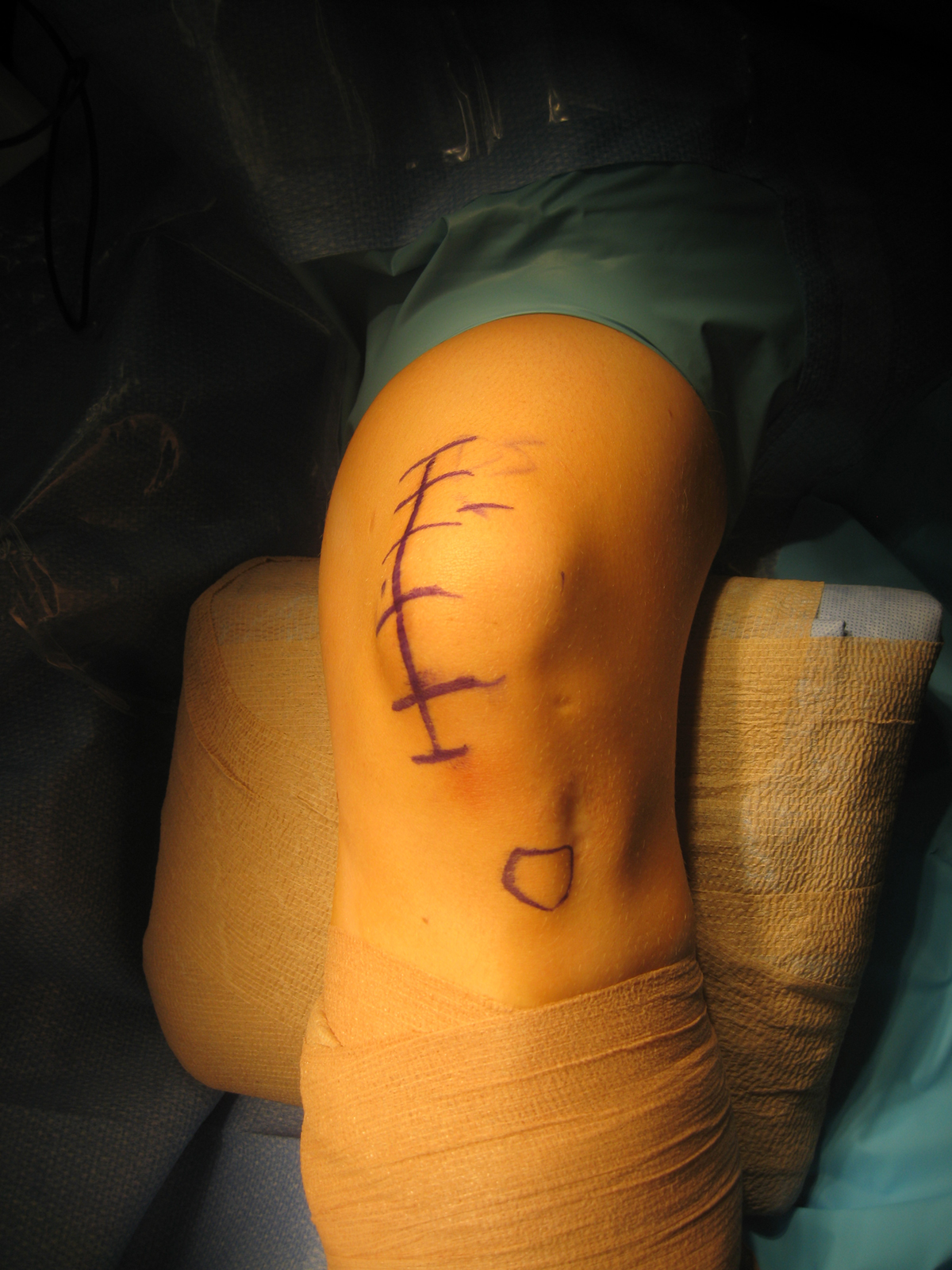
By doing the replacement knee surgery, you can eliminate the problems with walking, sitting or doing some other activity. This is a very helpful surgery. It was first introduced in the 1968. From that year, science has been advancing and along with it, the knee replacement surgery. Almost 600,000 surgeries of this kind have been performed since 1968. We'll focus on the causes for pain in the knee. There are several most common causes. One is traumatic arthritis. In this situation, the articular cartilage is damaged by the tears of the knee ligament. Rheumatoid arthritis occurs when excess of synovial fluid happens in the joint area. This produces the inflammation of the synovial membrane, and may lead to the pain and stiffness, and even loss of cartilage. Osteoarthritis causes the wearing away of the cartilage because it is used as a cushion for the bones.
In order to discover whether to do the surgery or not, you will need to consult with a specialist. We will state several symptoms which may be eliminated or reduced by the total knee replacement operation. Pain while resting, knee deformity and stiffness, problems with some medications, acute pain that impairs your everyday activities, persistent swelling or no reaction to anti-inflammatory medications, such as ibuprofen and Aspirin, are some of them. As we have stated before, you must consult a doctor who will recommend a necessary procedure. The knee replacement surgery is usually performed on older people, usually between 60 and 80 years old. However, this is not a rule. The doctor will see if you need this operation. In order to do this, he needs to examine the knee and overall leg, do several X-rays, see your medical history and probably do a MRI or take blood samples. This is usually done in order to diagnose the problem. When this is done, doctor will state if medications, physical therapy or injections are needed instead of the surgery.
When in hospital, following the operation, moving the knee is important, so you will need to walk. Pain is present after the surgery. For the swelling, inflatable coverings are used. Coughing is important to prevent lung congestion. The use of a machine called continuous passive motion device is recommended as well. It reduces the swelling. Exercises also need to be performed. Even 90% of operations prolongs life for ten years. But the recovery is important. The recovery consists of a proper diet and exercises, and you will have to be careful not to soak the wound. Being active is very important, so you will need to gradually do more strenuous activities, like climbing the stairs or standing and doing exercises. After 3 to 6 weeks, the symptoms will reduce. The probable time, before you can find yourself behind the wheel is 4-6 weeks following the surgery.




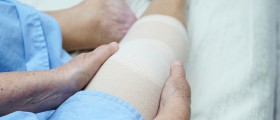


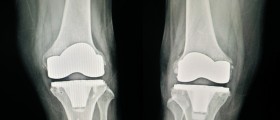







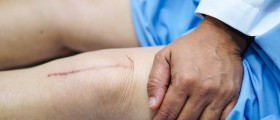
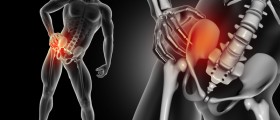
Your thoughts on this
Loading...